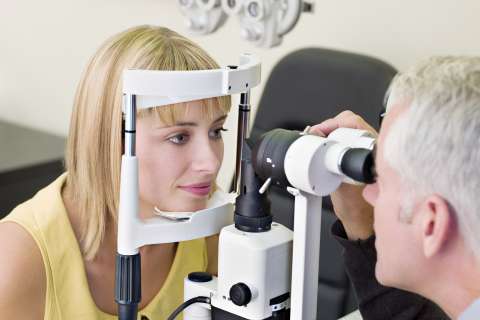Dear Doctors: I am a 46-year-old woman, and I recently moved to be closer to my family. I have a new doctor who surprised me by talking about grip strength. She said it's an important measure of health. I have never heard of this. Can you explain?
Dear Reader: Grip strength refers to the power generated by the muscles of the hand and the forearm. They work together in actions such as grabbing, pressing, crushing, rotating and pinching. Grip strength plays a direct role in someone's ability to hold, pull, lift or heft an object, and it dictates how heavy that object can be. It also comes into play in a dynamic setting, with actions as varied as opening a jar, throwing a ball, pulling weeds, carrying a grocery bag, holding onto a handrail or hanging from a chin-up bar. The measure of grip strength includes the amount of pressure someone can exert and the length of time they can sustain it.
Considering the many ways we use our hands, it is easy to see how this type of strength affects every aspect of daily life. But research shows that grip strength is also an important measure of overall health. In adults of all ages, it has been found to be a reliable predictor of muscle strength, muscle mass, bone mineral density and nutritional status. In older adults, grip strength is used as an indicator of vitality, and as an accurate predictor of a decline in physical and mental function.
Research continues to link a decline in grip strength to a range of adverse health issues, including heart disease, arthritis, osteoporosis, Type 2 diabetes and certain cancers. It has also been found to be a predictor of the likelihood of post-surgical complications, post-surgical recovery time and mortality. This has led grip strength to be considered an important biomarker when assessing health, particularly in older adults. At the same time, it is important to understand that, while it can be an indicator, grip strength alone is not a symptom.
Hand exercises can improve grip strength. These include squeezing a tennis ball, wringing out a wet towel, hanging from a pullup bar, lifting a weight with pinched fingers and carrying dumbbells as you walk. These work various combinations of muscle groups and improve your crush, pinch and support grips. The dominant hand also plays a role. Right-handed people tend to have weaker grip strength in their left hand. The reverse is true in those who are left-handed. Interestingly, this strength disparity turns out to be less pronounced in left-handed individuals.
Grip strength is also an indicator of someone's general strength and fitness. That means strength, stretch and aerobic exercise translate into this metric. Lifting weights, which can be an important component of staying fit, involves and improves grip strength. So do whole-body exercises such as running, yoga, swimming and cycling. Even household tasks such as gardening, sweeping, cooking, running a vacuum or hand-washing the dishes can contribute to grip strength. Once you become aware of this very specific aspect of fitness, it becomes easy to focus on maintaining and improving it.
(Send your questions to [email protected], or write: Ask the Doctors, c/o UCLA Health Sciences Media Relations, 10960 Wilshire Blvd., Suite 1955, Los Angeles, CA, 90024. Owing to the volume of mail, personal replies cannot be provided.)





